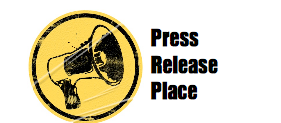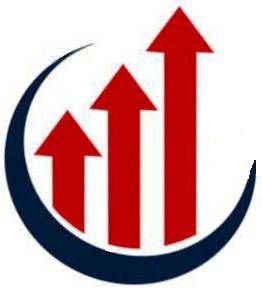Post surgical recovery for patients has been a major factor driving the technology in healthcare. Wound closure devices such as tapes, sutures and staples have been considered as a gold standard for most surgical procedures till date. However, several disadvantages such as spaces between tissues, sepsis and uneven tissue closure cases slowly became causes for concerns. Sepsis requiring aspiration from spaces or pockets created due to an uneven tissue closure increased infection and mortality rates particularly for large flap surgeries. Tissue adhesives and sealants are chemical compounds similar in function of normal adhesives but are biocompatible. Tissue adhesives are attractive alternatives to staples and sutures as they are easy to apply, require shorter time for holding tissue, involve lesser pain and require very simple equipment for application. Due to the complete absence of pins, needles and staples they also greatly decrease the incidence of sharps injuries faced by medical professionals. There are several types of tissue adhesives and sealants such as cyanoacrylates, fibrin sealants and other cross-linkable polymers. These polymers may be marine derived (Chitosan) or artificial such as polyethylene glycol, activated protein sealants, porcine gelatine, silicones and collagen. Medical sealants and adhesives are a type of haemostat products and can also be impregnated with antibiotics, drugs and anaesthetics. Cyanoacrylates are naturally anti-bacterial and anti-microbial.
Click For Request TOC@ http://www.sa-brc.com/Global-Medical-Sealants-and-Adhesives-Market-Assessment–Forecast-2016—2020/upcomingdetail10
This report intends to understand the global market for tissue sealants and adhesives from different perspectives such as types of sealant sources, applications such as dental, large open-surgeries, wound closure and wound care among others. The report also extends the analysis of the market by six regions of North America, Europe, Asia-Pacific, Latin America, Middle-East and Africa. In 2014. Controlling biodegradability, mechanical properties and biocompatibility had been a significant challenge however; new technologies such as injectable citrate-based mussel-inspired tissue bioadhesives are increasing their market penetration. In addition, there is a greater acceptance of adhesive delivery systems with increased antimicrobial activity such as Avery Dennison Medical Solution’s chlorhexidine gluconate. New bioadhesives facilitate wound healing with complete degradation and absorption without eliciting significant inflammatory response. Due to the ease of application, tissue sealants are quickly entering first-aid kits and homes as well that is expected to push the growth of the market exponentially. This report analyzes the global medical adhesives market for the regions of North America, Europe, Asia-Pacific, Latin America, Middle-East and Africa. The market for conventional adhesives for bandages is distributed quite evenly amongst three regions of North America, Europe and Asia-Pacific. Advanced bioadhesives find largest demand in North America and Europe with a growing demand observed in Asia-Pacific and Latin America. Increasing awareness, opening boundaries for international trade and increasing investment in advanced healthcare systems is facilitating the growth of these products in developing regions of the world.
For More Research Reports@ http://www.sa-brc.com/Pharmaceuticals/upcoming2
The key players operating in this fragmented industry are Avery Dennsion Medical Solutions, Henkel, Yulex, Covidien, Ethicon, 3M, Scapa Medical, Adhezion Biomedical, Hartmann USA, Derma Sciences, HemCon, Kerr Corporation, OptMed and TissueSeal among numerous others spread across the world. This report is intended for bioadhesive and tissue sealant manufacturers, scientific community, existing and new investors. The report will help understand various trends in technology and market potential along with a comprehensive analysis on the sub-segments and controlling parameters.
NOTE: This report is currently under research and will be made available to clients on request.

